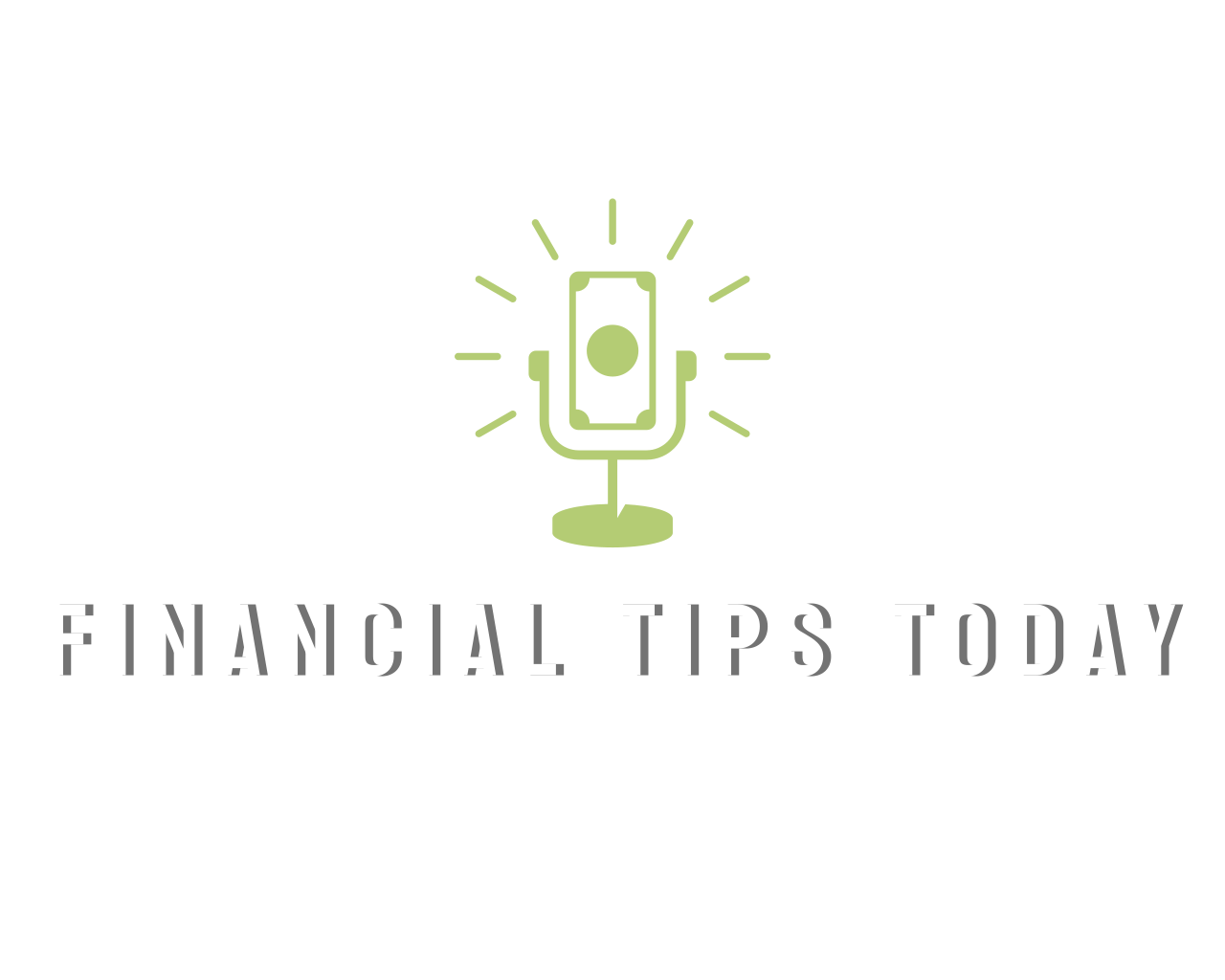When it comes to personal finance, one might assume that numbers, percentages, and calculative strategies form the crux of money management. While that’s partly true, the human side of finances, which involves emotions, habits, and psychology, plays an equally vital role. Today, we’re diving deep into the psychology of spending, particularly focusing on emotional spending triggers and how to manage them.
What is Emotional Spending?
At its core, emotional spending is the act of buying something driven not by need or logic, but by emotion. It’s that pair of shoes you didn’t need but bought because you had a tough day at work. It’s the tech gadget you splurged on after a breakup. In essence, emotional spending is an attempt to regulate or enhance our emotions through purchases.
Why Do We Spend Emotionally?
1. Dopamine Hit: Buying something new can give us a quick jolt of pleasure, thanks to the release of dopamine. It’s a short-term high that can be addictive.
2. Filling a Void: For some, shopping fills an emotional or existential void. It provides a temporary distraction from feelings of emptiness or sadness.
3. Social Pressure: The desire to fit in, to keep up with the Joneses, or to be seen in a certain light can trigger emotional purchases.
4. Reward System: Many people use shopping as a reward for achievements, no matter how minor.
Recognizing Your Triggers
To combat emotional spending, it’s essential first to recognize your personal triggers. Do you shop when you’re sad? Bored? Stressed? By pinpointing these emotions, you can start to address the root cause rather than the symptom (spending).
Tips to Manage Emotional Spending
1. The 24-Hour Rule: If you feel the urge to make an impulsive purchase, wait 24 hours. If you still want it after a day of reflection, it might be worth considering.
2. Unsubscribe from Marketing Emails: Limit the temptation by reducing the number of “deals” and “limited-time offers” that flood your inbox.
3. Create a Budget: Having a structured financial plan can make you think twice before diverting funds to unnecessary purchases.
4. Find Alternatives: Instead of shopping, develop a list of activities you can turn to when emotional triggers hit. This could be exercise, reading, meditating, or even just taking a walk.
5. Talk About It: Share your goals and challenges with a trusted friend or family member. Sometimes, just talking about our impulses can diminish their power.
6. Seek Professional Help: If emotional spending is causing significant strain on your finances or relationships, consider seeking counseling or therapy.
In Conclusion
Understanding the psychology behind your spending habits can be a game-changer in your financial journey. By recognizing emotional spending for what it is and implementing strategies to manage it, you can make more empowered decisions and enjoy a healthier financial life. Remember, money is a tool – it’s essential to ensure that our emotions don’t wield it in ways we might later regret.





 GOOGL
GOOGL  META
META
Leave a Comment